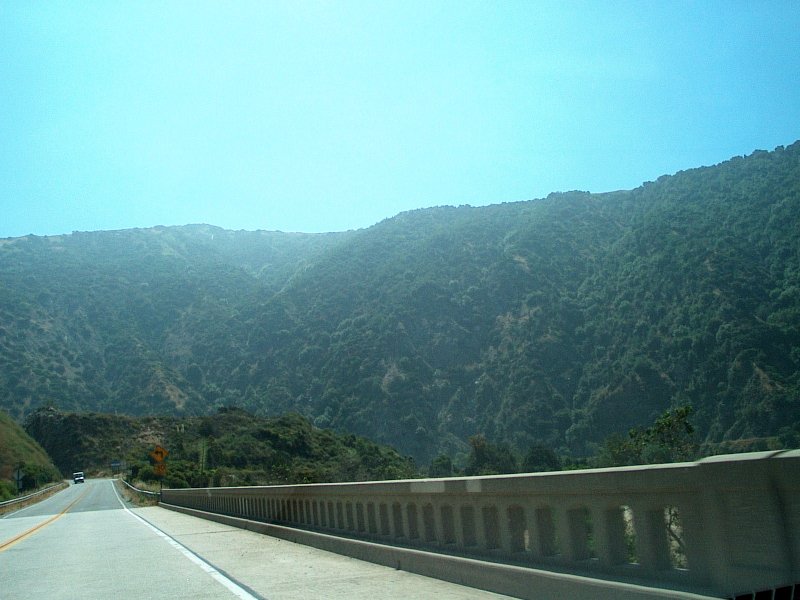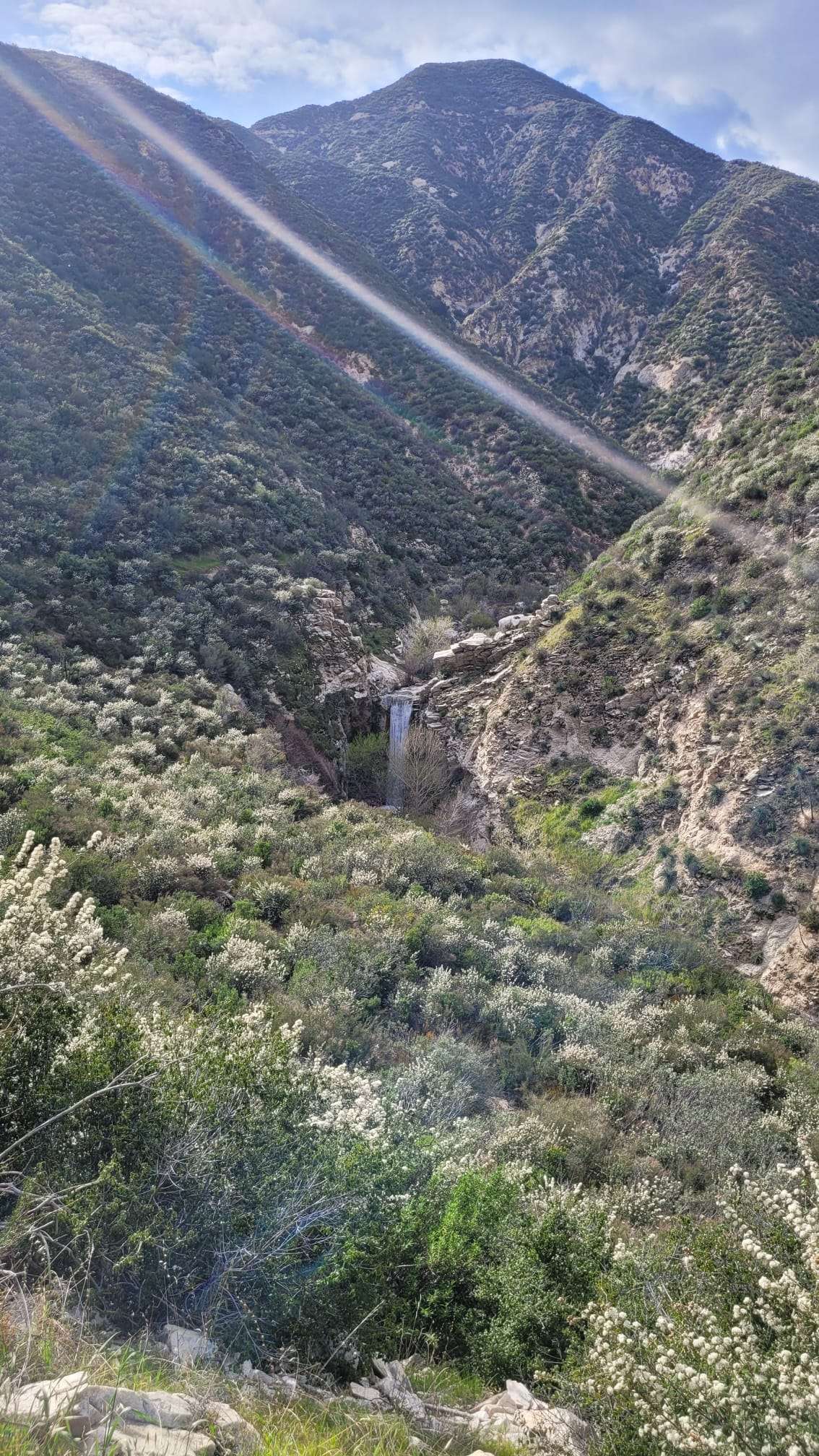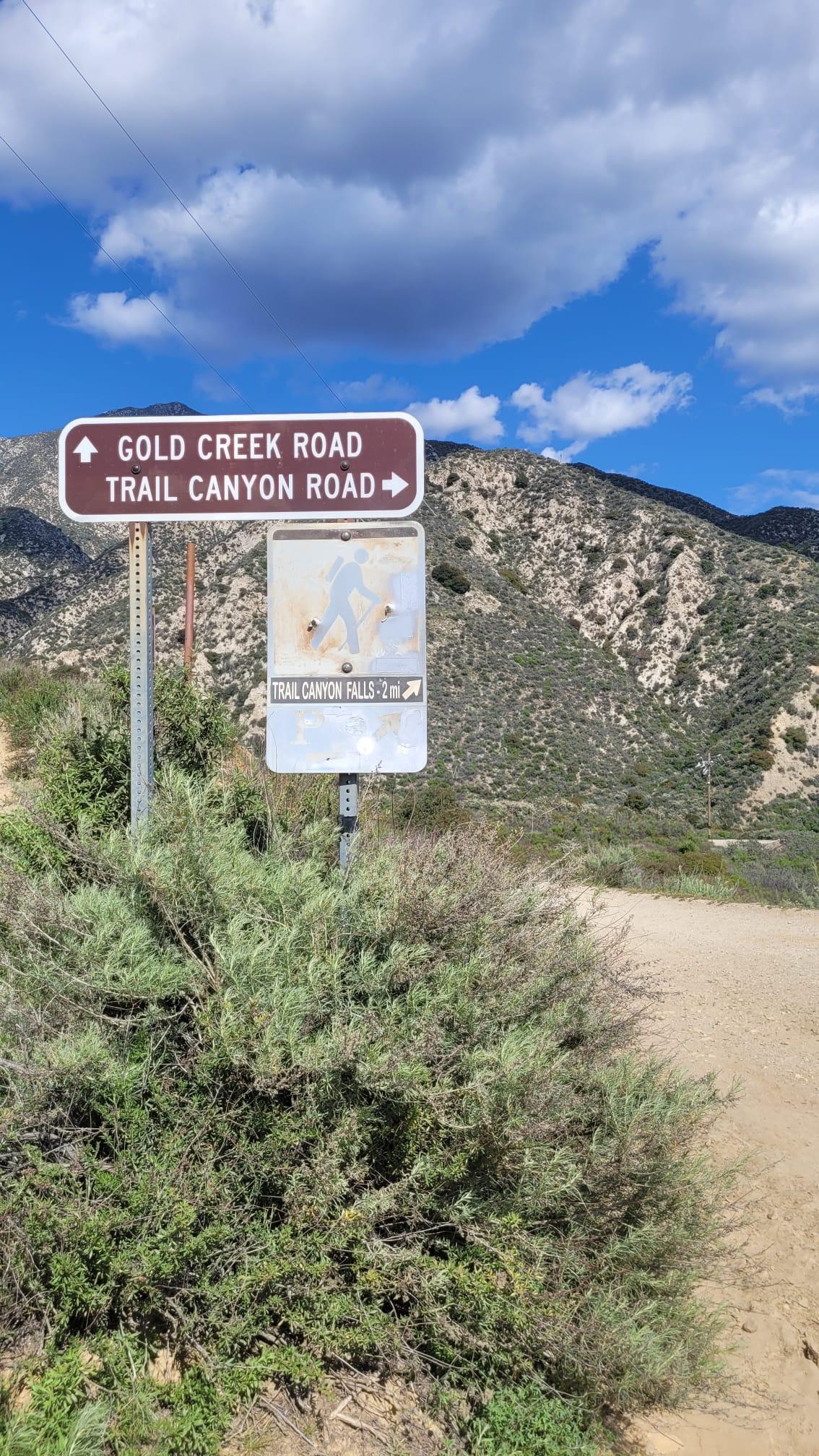The Powerhouse Fire in Angeles National Forest was a significant wildfire that occurred from May 30 to June 10, 2013. It burned approximately 32,008 acres of land, prompting the evacuation of over 1,000 homes and causing substantial damage to the ecosystem. The fire started near Power House 1 in San Francisquito Canyon and rapidly spread northward, challenging firefighters and impacting local communities.
What Sparked the Powerhouse Fire?

The exact cause of the Powerhouse Fire remains unspecified in the available sources. However, its origin near Power House 1 in San Francisquito Canyon suggests a possible connection to the area’s infrastructure. The rapid spread and intensity of the fire indicate that conditions were favorable for its growth, possibly due to dry vegetation and weather patterns typical of the region.
How Did the Fire Progress?

The Powerhouse Fire’s progression was swift and alarming:
- May 30, 2013: Fire breaks out at approximately 3:30 PM
- May 30 – June 1: Rapid northward spread, leading to evacuations
- June 1-3: Fire reaches nearly 30,000 acres
- June 3-5: Further expansion to 32,008 acres, 60% containment achieved
- June 10: Fire fully contained at 32,008 acres
This timeline illustrates the fire’s aggressive growth in the first few days, followed by a gradual containment process that took over a week to complete.
What Were the Containment Efforts?
Firefighters faced significant challenges in containing the Powerhouse Fire:
- Multiple agencies deployed firefighters and equipment
- Over 1,000 homes evacuated to ensure public safety
- Rapid spread of the fire complicated containment strategies
While specific numbers of personnel and resources are not provided, the scale of the fire and evacuation efforts suggest a substantial mobilization of firefighting forces.
How Did the Fire Impact Angeles National Forest’s Ecosystem?
The Powerhouse Fire had profound effects on the Angeles National Forest ecosystem:
| Impact Area | Description |
|---|---|
| Vegetation Loss | Significant loss across 32,008 acres |
| Wildlife | Habitat disruption and potential population impacts |
| Land Use | Changes for post-fire restoration efforts |
The fire’s impact on vegetation was extensive, likely affecting various plant species native to the Angeles National Forest. While specific wildlife impacts are not detailed, such large-scale fires typically disrupt animal habitats and can lead to population displacements or losses.
What Were the Long-term Implications of the Fire?
The Powerhouse Fire’s long-term implications were significant:
- Ecosystem Recovery: The burned area required time to regenerate, potentially altering the forest’s composition.
- Restoration Efforts: Plans for river restoration along San Francisquito Canyon creek indicate ongoing environmental management.
- Economic Impact: While specific figures are not provided, the fire likely incurred substantial costs for firefighting, property damage, and restoration.
- Land Use Changes: Post-fire management may have led to changes in how certain areas of the forest are used or accessed.
These long-term effects underscore the lasting impact of large wildfires on both natural environments and human communities.
How Did the Fire Affect Local Communities?
The Powerhouse Fire had several impacts on local communities:
- Evacuation of over 1,000 homes
- Potential property damage (though specific details are not provided)
- Disruption of daily life and economic activities in the affected areas
- Possible long-term changes in community relationship with the forest
The evacuation of so many homes highlights the fire’s threat to populated areas near the Angeles National Forest, emphasizing the interface between wildland and urban areas in fire-prone regions.
What Lessons Can Be Learned from the Powerhouse Fire?
The Powerhouse Fire offers several important lessons:
- Importance of rapid response and resource mobilization
- Need for effective evacuation plans in fire-prone areas
- Value of post-fire restoration efforts for ecosystem recovery
- Significance of understanding and managing the wildland-urban interface
These lessons can inform future fire management strategies, community preparedness efforts, and forest management practices.
How Has Fire Management in Angeles National Forest Changed Since?
While specific changes in fire management practices following the Powerhouse Fire are not detailed in the provided sources, such significant events often lead to:
- Reassessment of fire prevention strategies
- Improvements in early detection systems
- Enhanced coordination between different agencies
- Increased focus on community education and preparedness
These potential changes aim to better protect both the forest ecosystem and nearby communities from future fire events.
The Powerhouse Fire in Angeles National Forest serves as a stark reminder of the power and impact of wildfires in California’s forests. Its rapid spread, the challenges faced in containment, and the subsequent restoration efforts highlight the complex interplay between natural ecosystems, human communities, and fire management strategies. As climate change continues to influence fire patterns, understanding and learning from events like the Powerhouse Fire becomes increasingly crucial for forest management and community safety.

